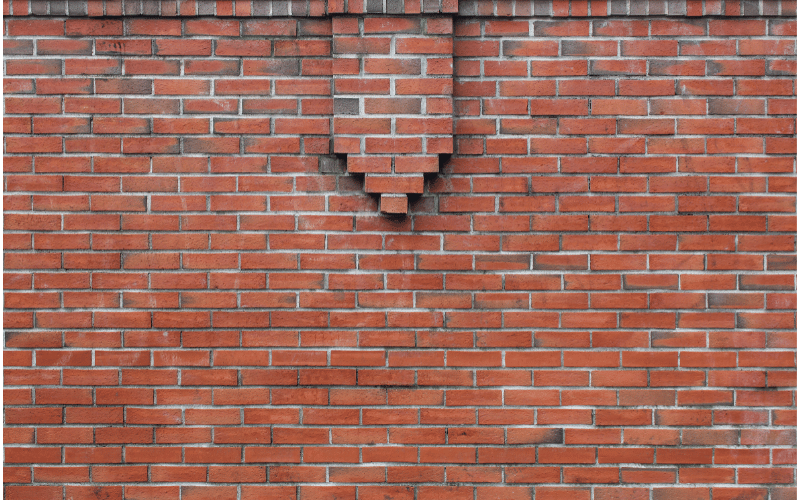Introduction: Overt and Covert Symptoms of Rectal Prolapse in Kids
In today’s fast-paced world, where minor aches and pains are often brushed off as ‘growth spurts,’ it’s paramount for parents to be vigilant about certain signs and symptoms in their children. Among these conditions that often fly under the radar is rectal prolapse. But what exactly is it?

Rectal prolapse occurs when the last section of a child’s intestine — the rectum — slips outside its usual position inside the pelvic area, sticking out through the anus. Though it can be a daunting sight, understanding and recognizing its symptoms early can significantly reduce complications and ensure a quick path to recovery.
The key is to be well-informed. Rectal prolapse isn’t as widely discussed as other pediatric health topics, leading to a lack of awareness among parents and caregivers. However, while it might be rare, it’s certainly not something to be ignored. The good news? Many of its symptoms are easily identifiable if one knows what to look for.
As we journey through this article, we’ll delve into the top 10 symptoms of rectal prolapse in children, offering insights, tips, and guidelines for parents and guardians. Your child’s health is of utmost importance, and being equipped with the right information is the first step towards safeguarding their well-being. So, let’s get started and ensure you’re well-prepared to spot the signs.
1. Visible Protrusion: Unmasking the External Evidence

When a child experiences rectal prolapse, one of the most discernible symptoms is an evident protrusion from the rectum. This isn’t some small bump or minor swelling; it’s a noticeable part of the rectum extending outwards. The protrusion can vary in size, sometimes only being a slight bulge, while at other times, it can be several centimeters long.
The visual nature of this symptom means it’s hard to miss, but it’s also why it can be quite alarming for parents. The protruding section can appear reddish, primarily because it’s internal tissue exposed to the outside environment. However, the color can also provide clues about the severity and duration of the prolapse.
It’s interesting to note that the protrusion might retract on its own, especially in the early stages or when the child is resting. However, activities like crying, coughing, or straining can exacerbate the condition, making it more prominent. Thus, it’s not static and can fluctuate based on various factors.
Now, while it’s essential to understand the nature of this symptom, it’s equally crucial to understand its implications. A visible protrusion not only indicates rectal prolapse but also signifies the need for a proactive approach in managing and mitigating further complications. (1)